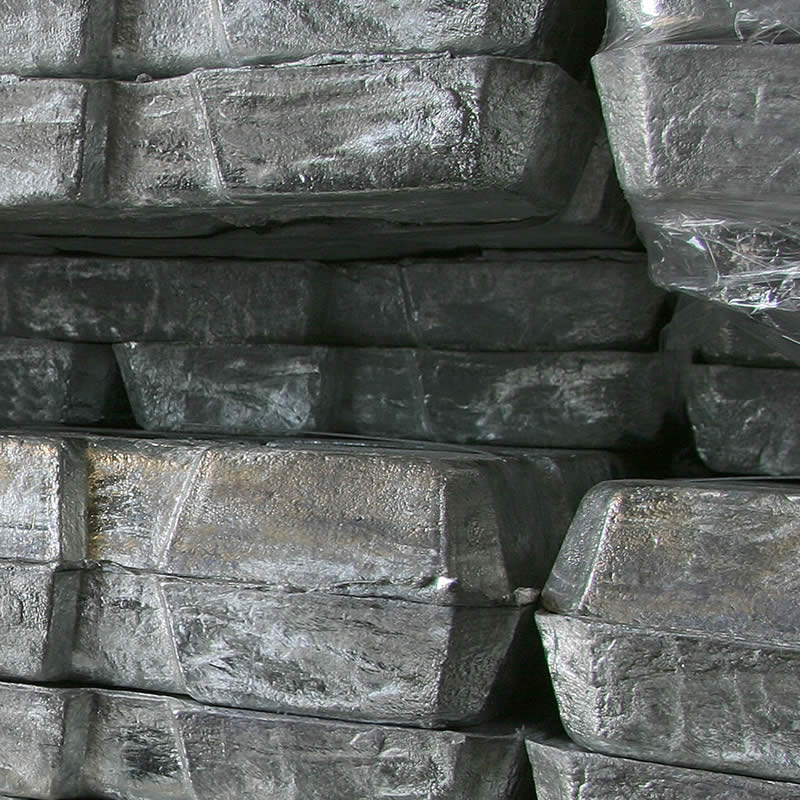Water quality can be impacted by a number of factors, including:
- Temperature, salinity and pH
- The levels of dissolved oxygen
- Clarity, colour and suspended particulate matter
- Nutrients and organic matter from stormwater and landscape erosion
- Phytoplankton, chorophyll a and ‘nuisance’ plant growth
- Pathogens and faecal bacteria from sewage, livestock in waterways, and stormwater
- Heavy metals.
Water clarity is generally good in the Derwent, and suspended particulate levels are low, except after heavy rain. Faecal bacterial levels are also typically low at most sites, with the majority of beaches and bays receiving a good rating for recreational use.
Nutrient levels vary throughout the year, with the highest values measured in winter months when nutrient-rich, sub-Antarctic waters extend north to southeastern Tasmania. Currents along the Australian and Tasmanian east coast effect levels also. Nutrient levels are generally highest in the upper and mid-estuary, reflecting inputs from sewage treatment plants, industry and the catchment. Until recently, nuisance algal blooms were rare, however algal blooms have occurred in the upper estuary, together with native seagrass loss. Drinking water taste and odour issues in the Hobart water supply, are indicative of increasing nutrient loads to the river and estuary.
The Derwent Estuary Program coordinates a number of initiatives to monitor and improve water quality including recreational and ambient water quality monitoring programs, dissolved oxygen and seagrass surveys, sediment and seafood surveys, and heavy metal and nutrient investigations. We also support our partner Councils to improve their management of stormwater water quality.
